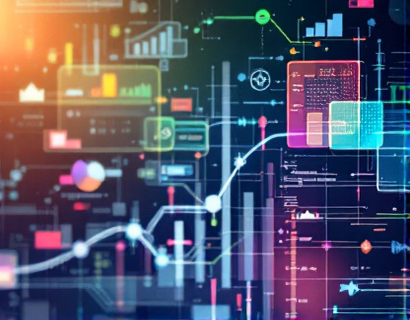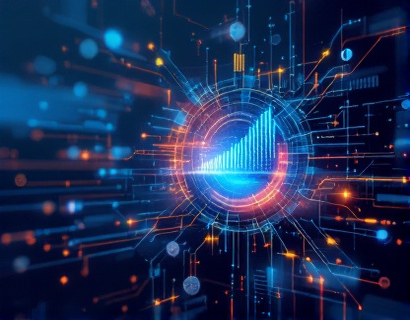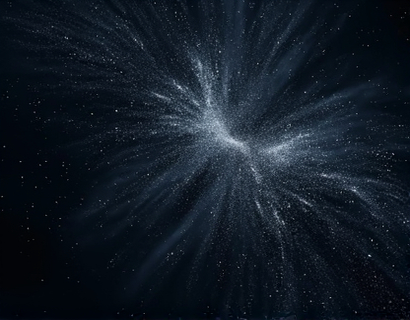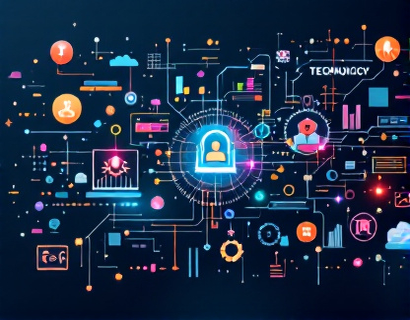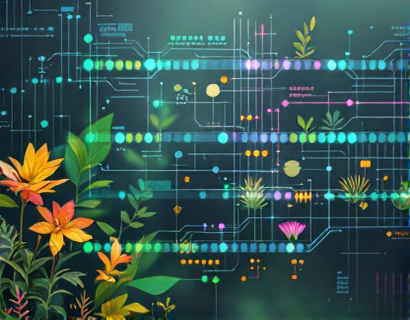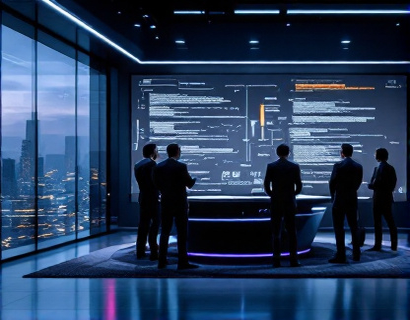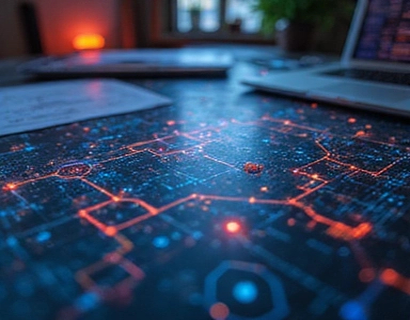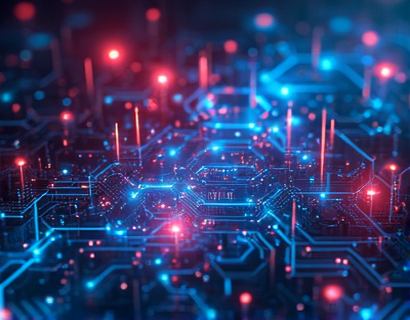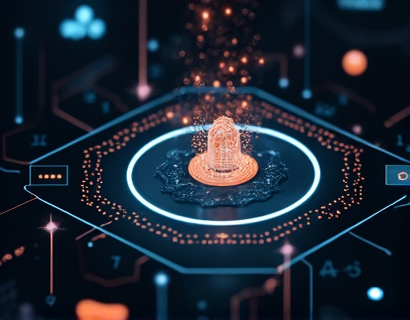AI-Driven Personalized Learning: Transforming Astronomy Education
In recent years, the integration of artificial intelligence in education has opened new horizons, particularly in specialized fields like astronomy. This transformation is not merely about digitizing existing content but about creating an immersive, personalized learning experience that adapts to the individual needs of students and enthusiasts. The advent of AI-driven platforms tailored for astronomy education marks a significant milestone in making complex celestial concepts accessible and engaging.
Personalized Insights and Interactive Resources
At the core of this revolution is the ability to provide personalized insights and interactive resources. Traditional astronomy education often struggles to cater to the diverse learning paces and styles of students. An AI-driven platform can analyze a user's progress, strengths, and weaknesses to tailor the learning experience. This personalization ensures that each learner receives the appropriate level of challenge and support, fostering a deeper understanding of the subject matter.
Interactive resources are another cornerstone of this new educational paradigm. Instead of passively reading about celestial bodies and phenomena, students can engage in simulations, virtual tours of the cosmos, and interactive quizzes. These tools not only make learning more enjoyable but also enhance retention and comprehension. For instance, an AI can generate a customized virtual tour of the solar system, highlighting key features and answering questions in real-time based on the user's interactions.
Expert Insights and Community Engagement
One of the most significant advantages of AI-driven personalized learning in astronomy is the access to expert insights. While it's challenging for students to interact directly with leading astronomers, an AI platform can bridge this gap by curating content from experts in the field. This could include video lectures, podcasts, and written articles that provide in-depth analysis and current research findings. The AI can recommend these resources based on the user's interests and current level of knowledge, ensuring a continuous and enriching learning journey.
Moreover, these platforms foster a sense of community among astronomy enthusiasts. Users can connect with peers who share similar interests, participate in forums, and collaborate on projects. This community aspect is vital for motivation and learning, as it allows students to discuss challenges, share discoveries, and learn from one another. The AI can facilitate these interactions by suggesting groups or projects based on common interests and skill levels.
Advanced Technology Bringing Celestial Wonders to Life
The use of advanced technology in AI-driven astronomy education transforms the way celestial wonders are presented and understood. High-resolution 3D models and augmented reality (AR) applications enable learners to explore the intricacies of galaxies, nebulae, and other cosmic phenomena in unprecedented detail. These visual tools make abstract concepts more tangible, enhancing the learning experience and sparking curiosity.
For example, an AI can generate a 3D model of a black hole, allowing students to rotate it, zoom in on different sections, and learn about its properties and the theories surrounding it. Such interactive experiences not only make learning more engaging but also help in visualizing and internalizing complex information.
Adaptive Learning Paths and Continuous Assessment
A key feature of AI-driven personalized learning is the creation of adaptive learning paths. The AI continuously assesses the user's performance and adjusts the learning content accordingly. If a student is struggling with a particular concept, such as the phases of the moon or the principles of stellar evolution, the AI can provide additional explanations, examples, and practice problems tailored to address these specific areas of difficulty.
This adaptive approach ensures that no learner is left behind and that each student progresses at their own pace. Continuous assessment through quizzes and interactive exercises provides immediate feedback, reinforcing learning and building confidence. The AI can also identify patterns in a student's performance over time, offering insights into their learning style and suggesting strategies for improvement.
Real-Time Data and Current Research Integration
Astronomy is a field that is constantly evolving with new discoveries and advancements. An AI-driven platform can integrate real-time data and current research, keeping the learning experience up-to-date and relevant. This is particularly important in a field where new exoplanets are discovered regularly, and our understanding of the universe is continually expanding.
The AI can curate content that includes the latest findings from telescopes, space missions, and research papers. By incorporating current data, the platform ensures that learners are exposed to the most recent developments in the field, fostering a deeper appreciation for the dynamic nature of astronomy. This real-time integration also prepares students for careers in research and technology, where staying current with the latest information is crucial.
Enhancing Motivation and Engagement
The combination of personalized insights, interactive resources, and community engagement significantly enhances motivation and engagement in astronomy education. Traditional methods often fail to capture the interest of students, especially those who may not see the immediate relevance of astronomy to their lives. An AI-driven platform can bridge this gap by making the subject matter more relatable and exciting.
For instance, the AI can create personalized learning journeys that connect astronomy to real-world applications, such as space exploration, satellite technology, and climate science. By showing how astronomy impacts everyday life, students are more likely to find the subject matter compelling and relevant. Interactive challenges and gamified elements further boost engagement, turning learning into a fun and rewarding experience.
Overcoming Barriers to Access
One of the most significant barriers to astronomy education has been access to resources and equipment. Not all students have the opportunity to observe the night sky through a telescope or visit a planetarium. An AI-driven platform can democratize access to high-quality educational content and tools, making astronomy education accessible to a global audience.
The AI can provide virtual observatories, where students can observe celestial events in real-time from anywhere in the world. It can also offer simulations of telescope observations, allowing students to conduct virtual experiments and gather data. This level of access not only levels the playing field but also inspires a broader range of students to pursue interests in science, technology, engineering, and mathematics (STEM).
Future Prospects and Challenges
As AI technology continues to advance, the potential for personalized learning in astronomy is vast. Future developments may include more sophisticated AI agents that can conduct original research, provide predictive analytics for student performance, and even assist in the discovery of new celestial phenomena. However, with these advancements come challenges, such as ensuring data privacy, maintaining the accuracy of AI-generated content, and addressing the digital divide.
Educators and developers must work together to create robust, reliable, and inclusive AI-driven platforms that benefit all learners. By doing so, we can ensure that the next generation of astronomers and space enthusiasts is well-equipped with the knowledge and tools needed to explore and understand the universe.





